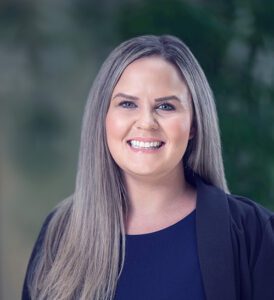The #ThankADoctor movement.
From undergrad, medical school, residency and fellowships, the average physician is in training for 14 years before being eligible for a medical license. The average physician takes on $166,750 in student loans and may take on additional debt as a resident, where starting salaries can be in the $30,000s.
Meanwhile, America is in the middle of a dangerous physician shortage. We’re looking at a shortage of as many as 90,000 doctors by 2025. There are more than 6,000 primary care healthcare professional shortage areas in the United States, and more than 4,000 areas lacking mental health professionals.
The fact is we need doctors. Doctors need us too.
“No one cares about the doctors anymore.” That was the recent headline on KevinMD.com, a blog written and supported by doctors with more than 137,000 subscribers. Doctors are burned out—expected to be superhuman, to always have the right answer, to never be wrong, and to increasingly complete more and more paperwork. They’re exhausted. The dream of changing lives and helping others led them to medicine. But with patient contact time diminishing as paperwork increases, the dream is getting lost, leaving U.S. doctors feeling unappreciated.
We know great doctors, and it’s time we let them know they are appreciated. Just to name a few:
Every other week, Dr. Bornstein makes an hours-long trip through the California desert to provide psychiatry services to children and adolescents. He does this because without his coverage, these patients would be left unseen by a mental health professional at all.
Dr. Y. changed his entire holiday plans around last minute so that he could ensure a hospital’s neurology department stayed open through Christmas and New Year’s Day, providing care to patients who needed it.
Another doctor we work with, Dr. S., was instrumental in discovering a perforated gastric ulcer in a suffering patient and performed emergency life-saving surgery.
Each year on March 30th – National Doctors’ Day – we take the opportunity to thank doctors like Dr. Bornstein, Dr. Y. and Dr. S. for their contributions to America’s healthcare. But this year, while planning, we decided it was time to do more. How can we show doctors we care all year long? How can we show them that patients appreciate them?
We started the #ThankADoctor movement to remind physicians that patients are grateful. We are grateful for the long hours and the sleepless nights, for the compassion and quality care, for the doctors who keep us healthy every day.
Since February, we have collected thank you notes from patients to doctors all over the country. Our goal is to collect 1,000, with at least one from every state. Patients have written thank you notes to doctors who lent an ear when it was needed most. They have thanked doctors who saved the lives of loved ones and doctors who fixed up a sprain or a cut. It’s the big things and the little things that doctors do to keep us healthy.
Let’s show doctors we care. It’s the least we can do for a group of people who give us so much. Read patient thank you notes to real doctors in our #ThankADoctor gallery.


